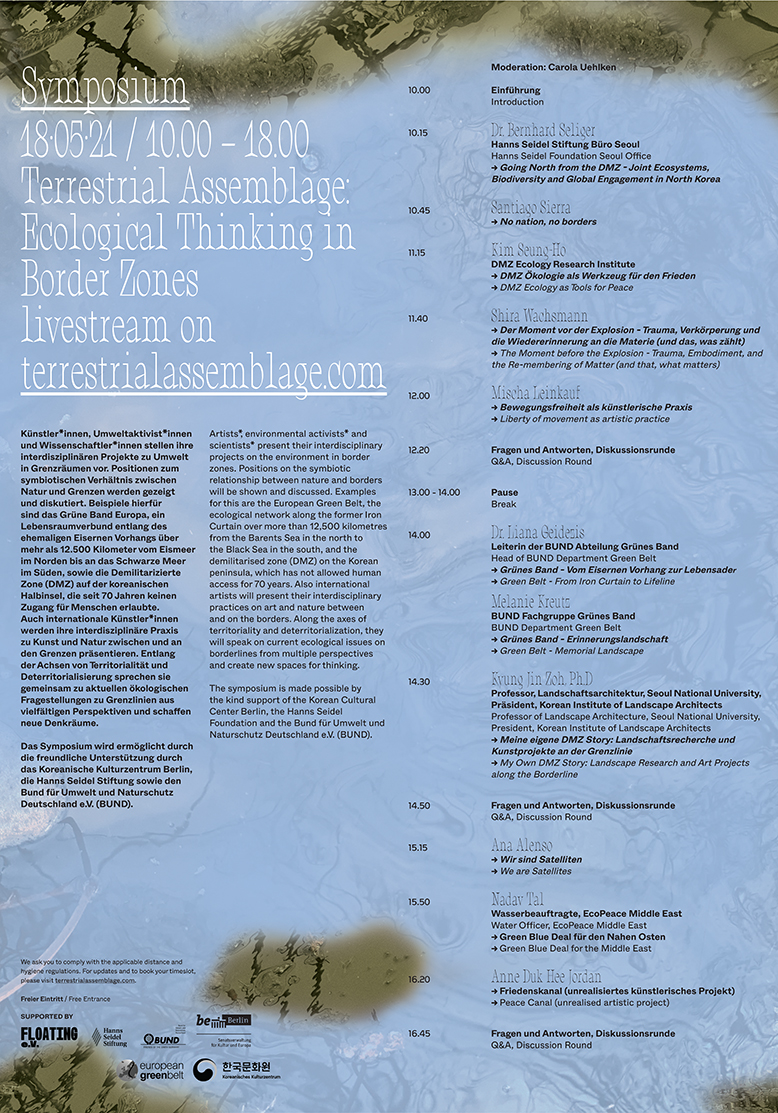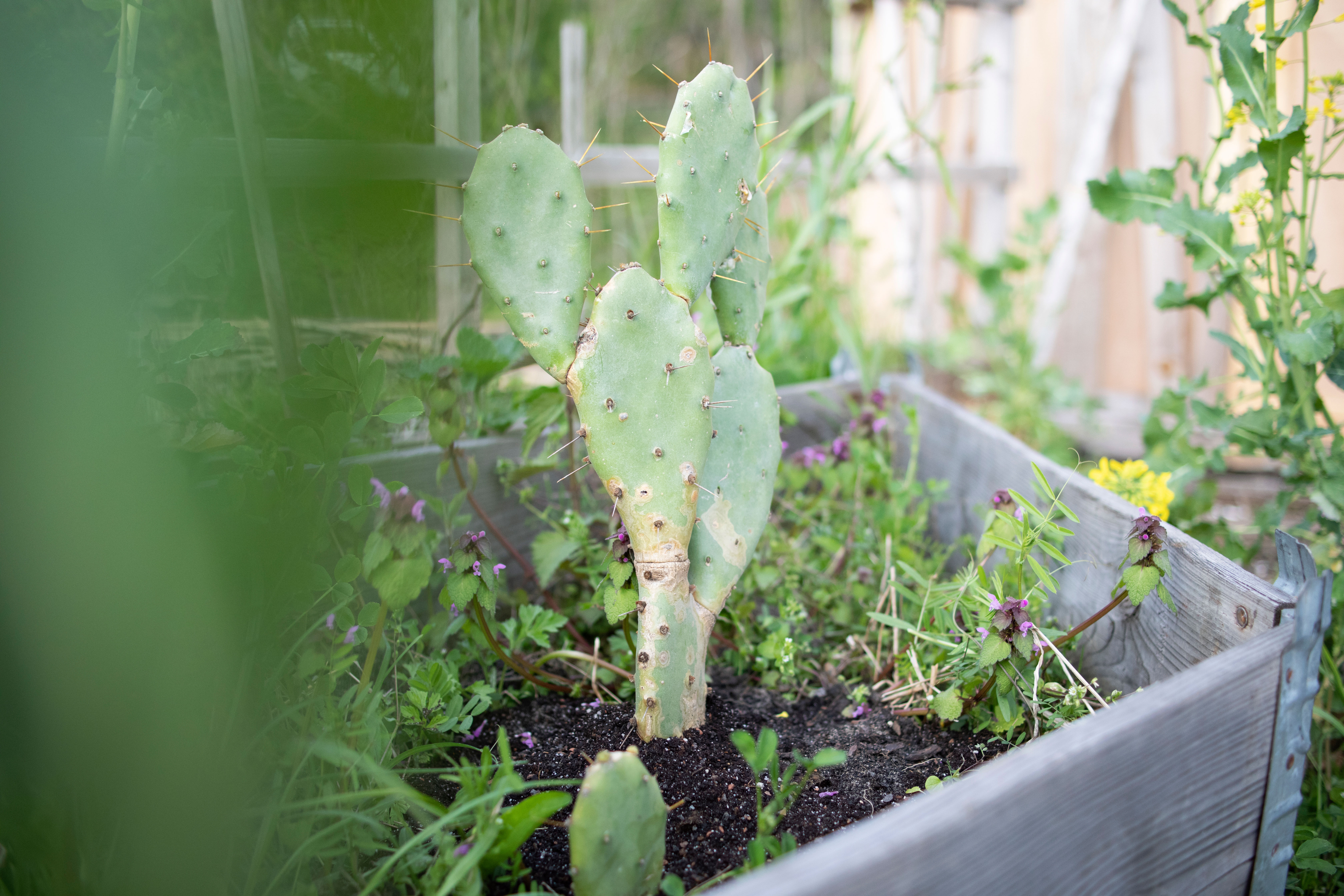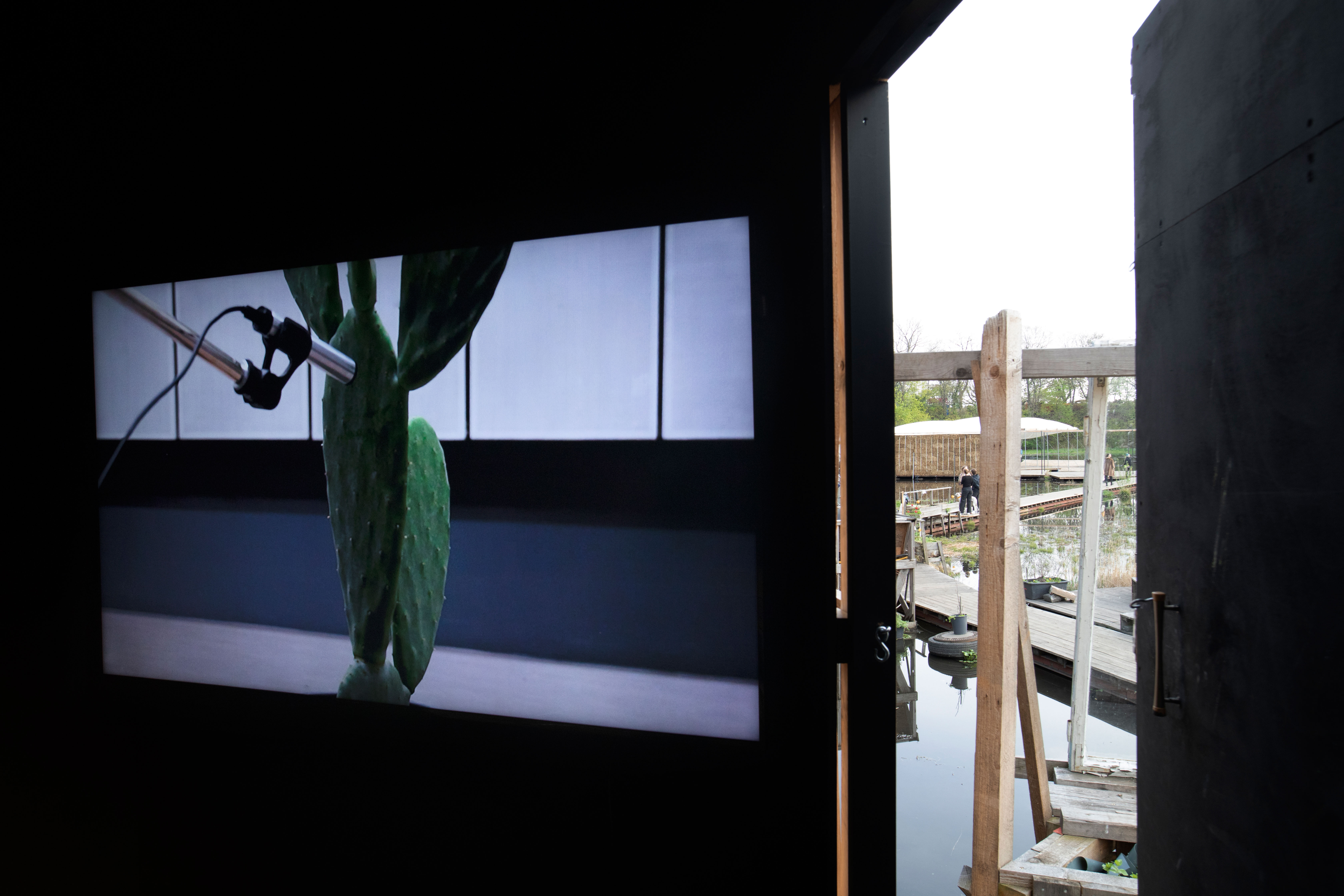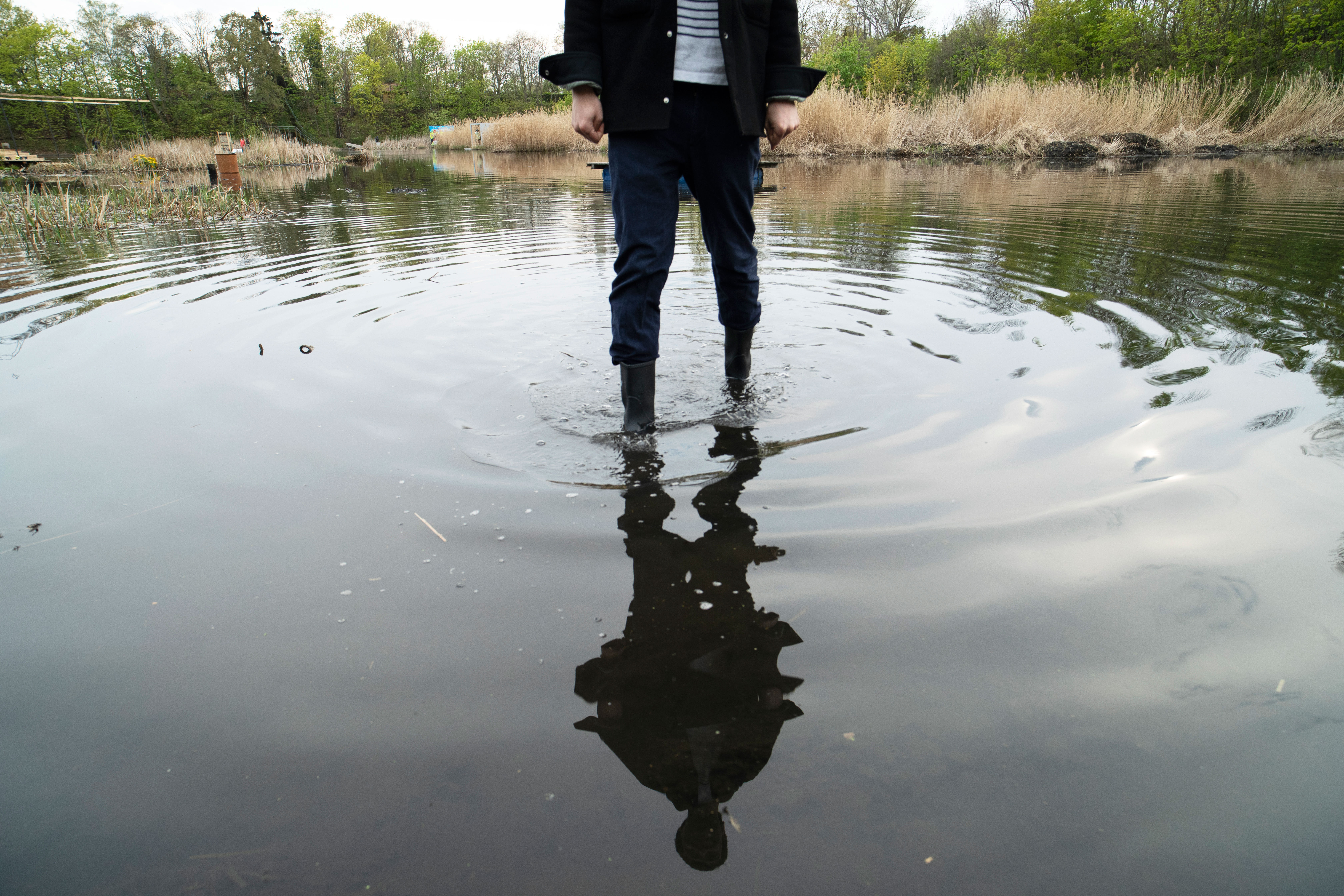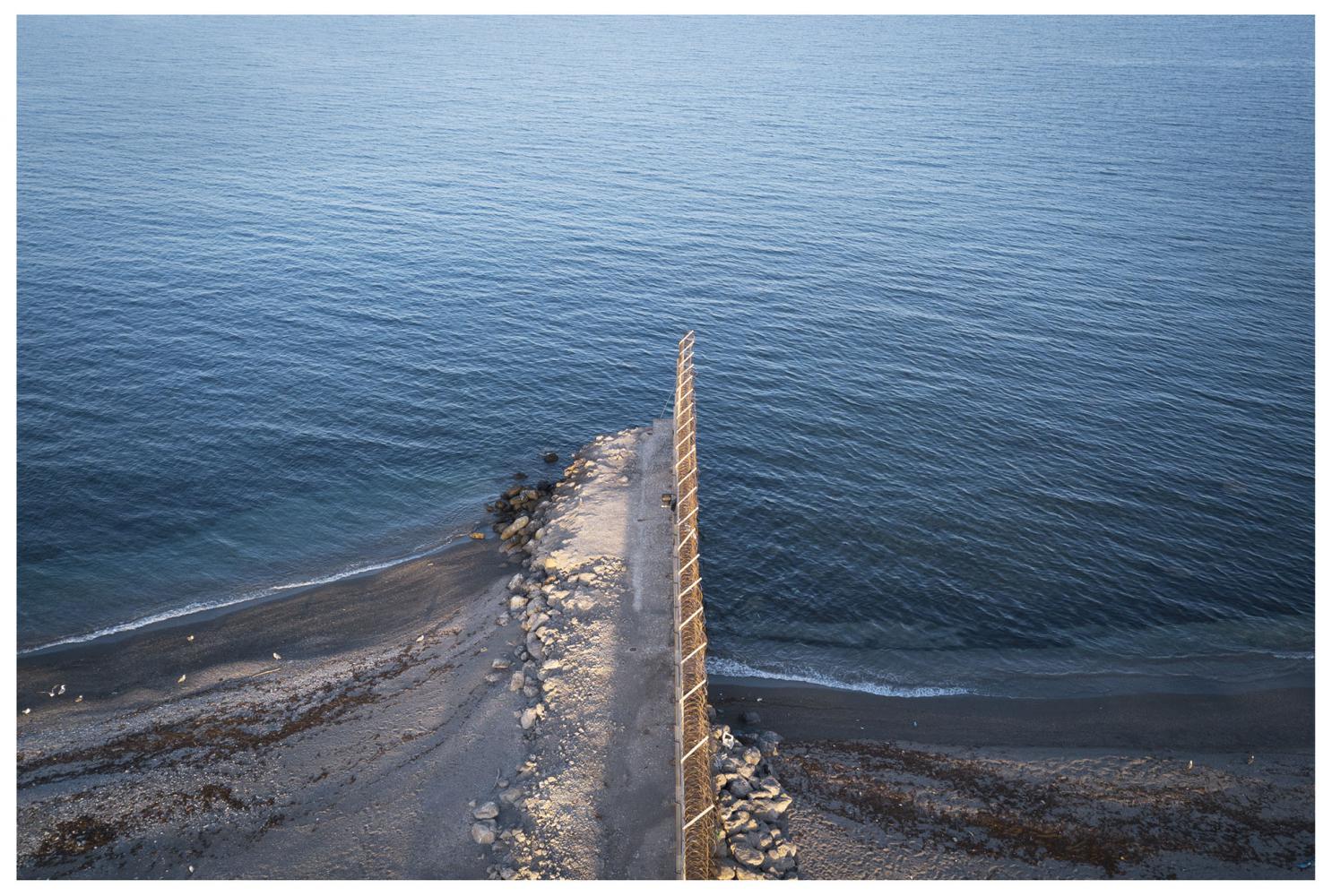Terrestrial Assemblage (2021)

Outdoor-Exhibition and Symposium at the Floating University Berlin
Exhibition: 6 May – 6 June 2021, Th – Su, 4 – 9 pm
Symposium: 18 May 2021, 10 am – 6 pm Livestream on www.terrestrialassemblage.com and in the auditorium of the Floating University Berlin
Curators: Pauline Doutreluingne & Keumhwa Kim
Artists: Ana Alenso, Marco Barotti, Ines Doujak, Anne Duk Hee Jordan, Han Seok Hyun, Folke Köbberling, Mischa Leinkauf, Santiago Sierra, Shira Wachsmann, Clemens Wilhelm
Participants Symposium: Kim Seung-Ho (DMZ Ecology Research Institute), Dr. Bernhard Seliger(Hanns Seidel Stiftung Seoul Office), Mischa Leinkauf, Shira Wachsmann, Santiago Sierra, Ana Alenso, Anne Duk Hee Jordan, Dr. Liana Geidezis (BUND Department Green Belt), Melanie Kreutz (BUND Department Green Belt) amongst others
Communication: Carola Uehlken
With the kind support of the Senate Department for Culture and Europe, Korean Cultural Center Berlin, Hanns Seidel Foundation and Bund für Umwelt und Naturschutz Deutschland e.V. (BUND)
www.terrestrialassemblage.com
www.instagram.com/terrestrial_assemblage/

In the age of geo-social issues, where climate, inequality and migration are interrelated and humanity threatens to become homeless, facing a potentially uninhabitable earth in the future, paradoxically more and more enclosed and demarcated territories are emerging worldwide. As on the Korean peninsula, divided by a militarised border for over 70 years, all over the world, even after the Cold War, areas are separated, marked out and fenced off. In addition, geopolitical and economic upheavals and changes in climatic living conditions create new borders. In this age of global pandemics, the border seems to have become not just an instrument of intensive surveil–lance, but a geo-political power. The desire for the “vetted” and “sanctioned” migrant is shared across species lines. It is ironic that the ecosystems in the respective regions benefit from these border regimes, while at the same time challenging them. Border areas are refuges for rare or endangered plants and animals and have unique species richness.
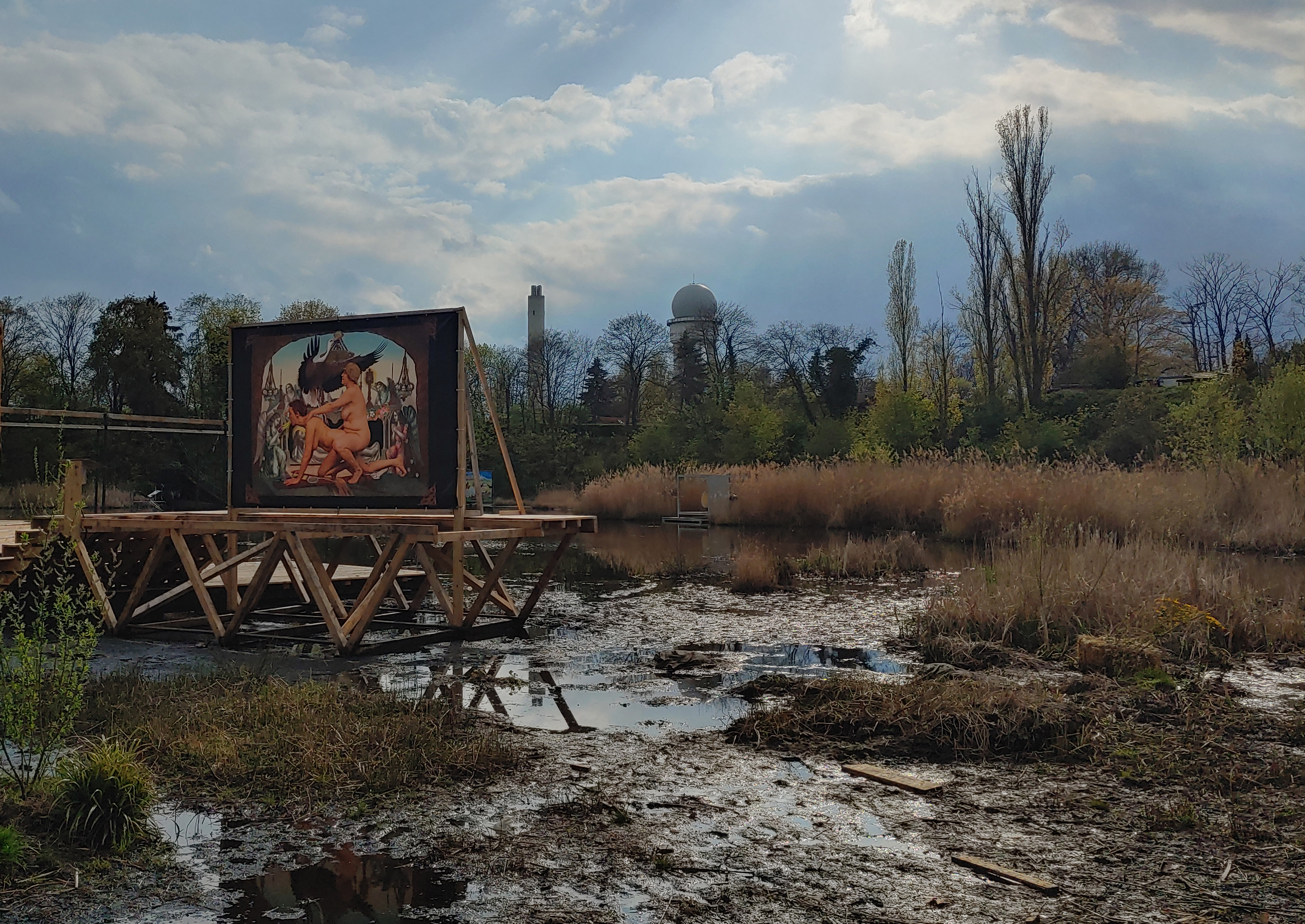
The outdoor exhibition, Terrestrial Assem-blage brings together artists whose practice deals with the relationship of humans to the earth („terra“). In an „act of coming together“ (assemblage) of different artistic media and ideas on current issues of demarcation and the ever louder environmental issue, ten international artists present their site-specific works on the grounds of the Floating University Berlin. They address the Anthropocene, Capitolocene causes of new borders and, in their artistic observations of the environment, reflect on social, biological and political border shifts, and design new, hybrid, cross-species images of the future. Terrestrial Assemblage aims to be a projection surface and a space of experience for fluid counter-images and artistic fantasies beyond political and geographical borders.

While Mischa Leinkauf peacefully subverts national borders in the seas, Santiago Sierra shows an action in which soil is exchanged in the Demilitarised Zone on the Korean peninsula. Folke Köbberling exposes the mirage of nature through her investigation of the mud she collects in the water landscape of the Floating University. Ines Doujak‘s cross-species depiction of people and the environment takes up colonialism and its influence on their relationship. Anne Duk Hee Jordan creates a futuristic biosphere for a non-functioning water crab robot. Marco Barotti‘s sound sculpture in the shape of an egg, deforming in time with the daily number of births and deaths worldwide, sensually poses ultimate questions about our existence. While Shira Wachsmann con–ducts a political, border-crossing dialogue with a cactus, Clemens Wilhelm is in search of 13,000-year-old swimming reindeer and follows their tracks from France to Norway. Han Seok Hyun creates a cloud image from the water system of the Floating University that constantly reshapes itself and then disappears, while Ana Alenso creates a phenomenological cycle between nature and culture from used building materials.











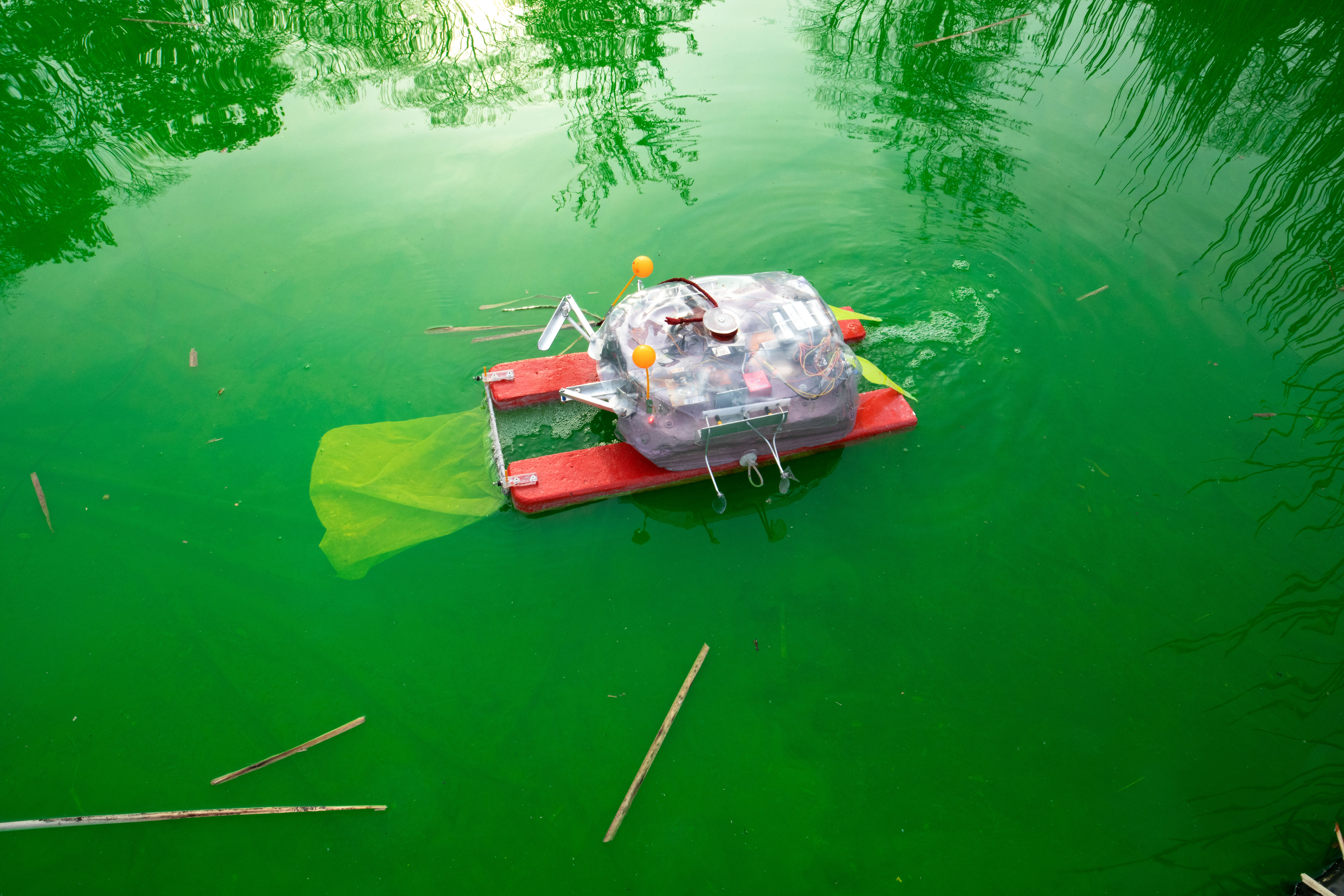



The exhibition is accompanied by a symposium entitled Terrestrial Assemblage: Ecological Thinking in Border Zones, where artists and scientists will present their interdisciplinary projects on the environment in border zones. Positions on the symbiotic relationship between nature and borders will be shown and discussed. Examples of this is the European Green Belt, the ecological habitat network along the former Iron Curtain covering more than 12,500 kilometers from the Arctic Ocean Barents Sea in the north to the Black Sea in the south, as well as Demilitarized Zone (DMZ) on the Korean Peninsula, which has not allowed human access for 70 years. Along the axes of territoriality and deterritorialization, artists, curators and scientists will speak on current ecological issues on borderlines from multiple perspectives and create new spaces for thinking.
The symposium is made possible by the kind support of the Korean Cultural Center Berlin, the Hanns Seidel Foundation and the Bund für Umwelt und Naturschutz Deutschland e.V. (BUND).
